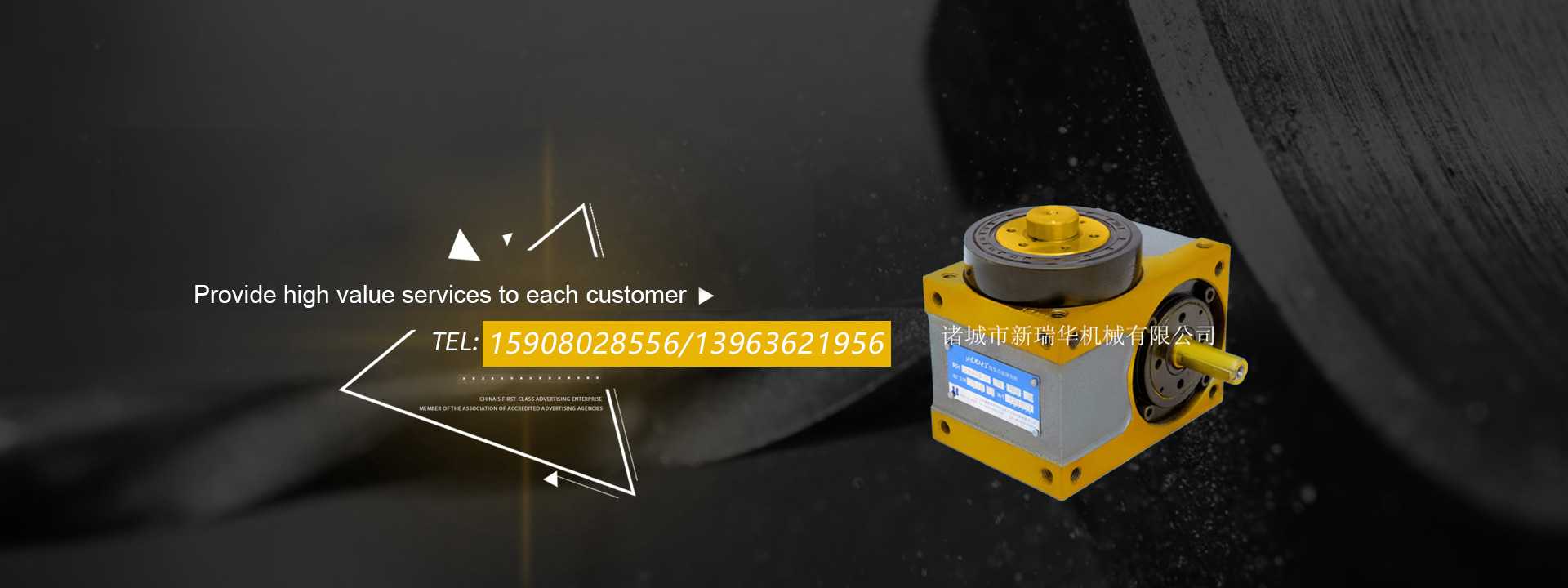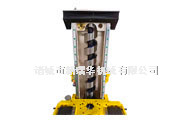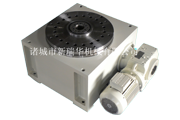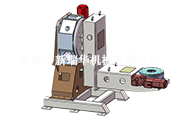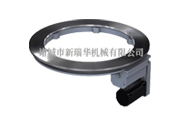The basic components of the robot seventh axis system are as follows: robot body, control system, demonstrator, welding power supply, welding gun, welding fixture and safety protection facilities.
The seventh axis of the robot not only has the advantages of high efficiency and stable efficiency, but also has good flexibility, which can ensure its stable and efficient operation even in complex environments. This is inseparable from the composition of the seventh axis of the robot, including the main body of the seventh axis of the robot, welding power supply, one-dimensional heavy slide, robot L-arm, welding torch cleaning and wire cutting station, control system and other devices.
So how about the welding quality of the seventh axis of the robot? If there is a yellow covering on the surface of the weld after manual welding, the robot seventh axis can avoid similar problems as long as it pays more attention to welding, and ensure that the welding quality is up to standard. First of all, we need to know that this yellow thing is actually impurities in the welding wire and welding base material, mainly the high-temperature oxidation of silico-manganese element in the welding process and the chemical reaction of CO2 in the protective gas, decomposition to form oxides of silicon oxide and manganese oxide, which is somewhat similar to the welding slag when manual welding rod is covered. Although these phenomena occur even when using the seventh axis of the robot, these oxides do not have any adverse effect on the quality of the welding, except for some defects in appearance, and can be easily removed with a brush. There will be some Si-Mn element in the metal element of the welded base material, which will definitely exist. If you want to reduce these oxides, you can choose a welding wire with less silicon manganese, and replace the protective gas with a mixture of gases with less CO2 content, so that there will be less oxides and fewer yellow spots. The protection device on the seventh axis of the robot is relatively complete and the division of labor is clear, which fully ensures the good state of the seventh axis of the robot.
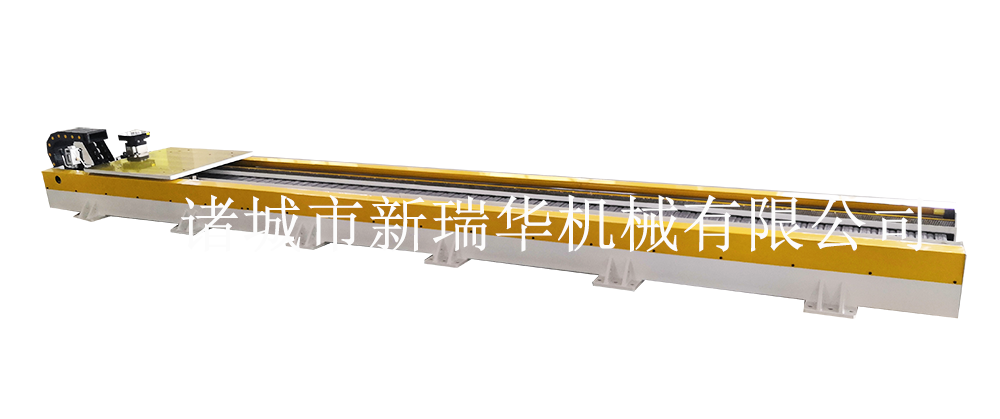
The driving mechanism of the seventh axis of the robot is also an important part of industrial machinery. According to the different power resources, the driving mechanism of the industrial manipulator can be roughly divided into four categories: hydraulic, pneumatic, electric and mechanical drive. The use of electric mechanism to drive the manipulator is simple in structure, compact in volume and convenient in operation, which reflects the intelligence and adaptability of human beings, and the operation accuracy of the manipulator and its ability to complete the operation in the environment will be more widely used.
Of course, the daily maintenance of the robot's seventh axis is also essential. For example, moving parts, guides and rollers should be greased, and closed transmission parts should be lubricated to keep parts moving flexibly. Emphasis is placed on the maintenance of the center and eccentric components to ensure their tightening and the straight line movement of the crossarm. At the same time, it is necessary to regularly check and clean the moving parts of the welding manipulator, such as guide rails, slide frames, screws and nuts, etc., to prevent dust accumulation, flux scattering and other debris from affecting the flexible movement of the moving parts. Do not collision or wear the joint surface of each sliding guide rail. Often check the wear of key moving parts such as lead screw and rack, find problems in time to repair or replace, and lift the nut.
In addition, it is necessary to regularly check the flexibility and reliability of the stroke switches of the seventh axis of the robot, and whether the mechanical protection block is loose or damaged. Check the circuit connectors frequently to keep the connections strong and the plugs reliable. Dust inside workstation controllers and hand controllers with compressed air once every three months to keep relays, knobs, and switches clean and in good contact.




